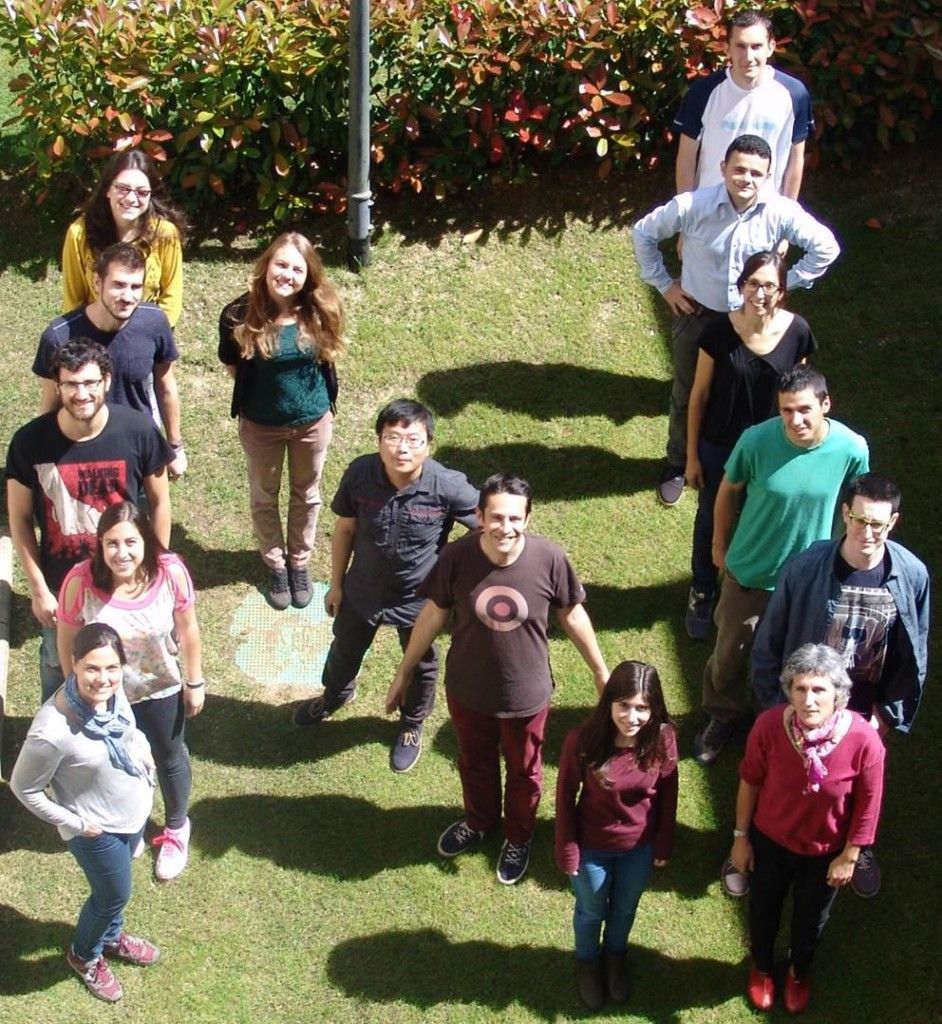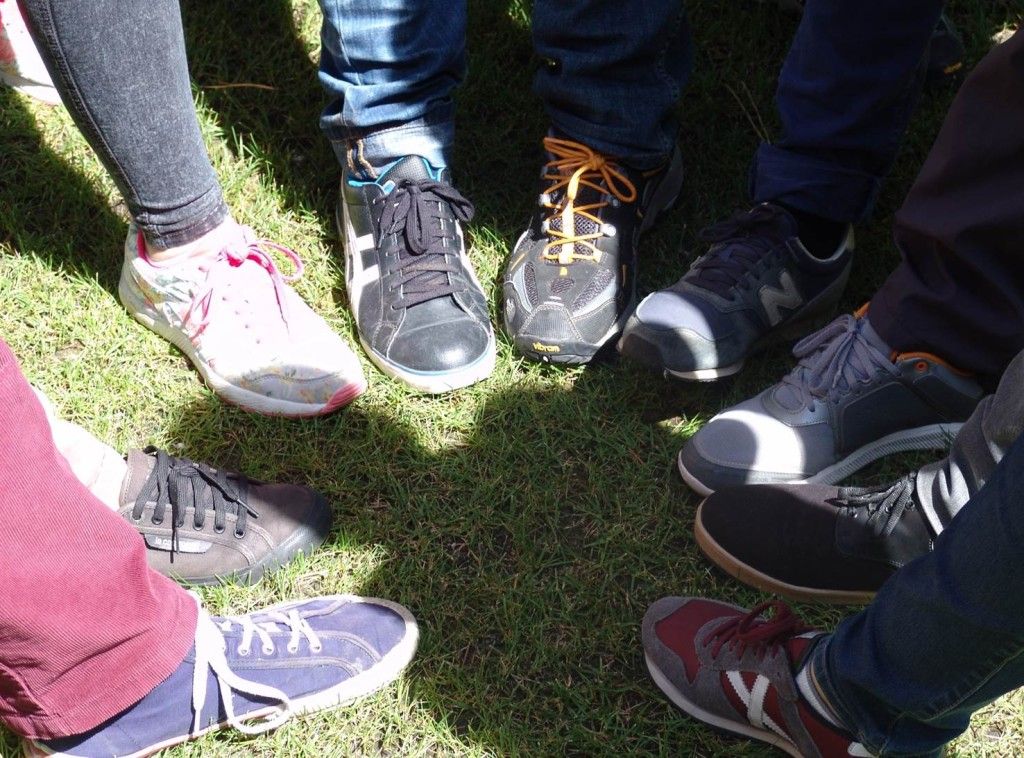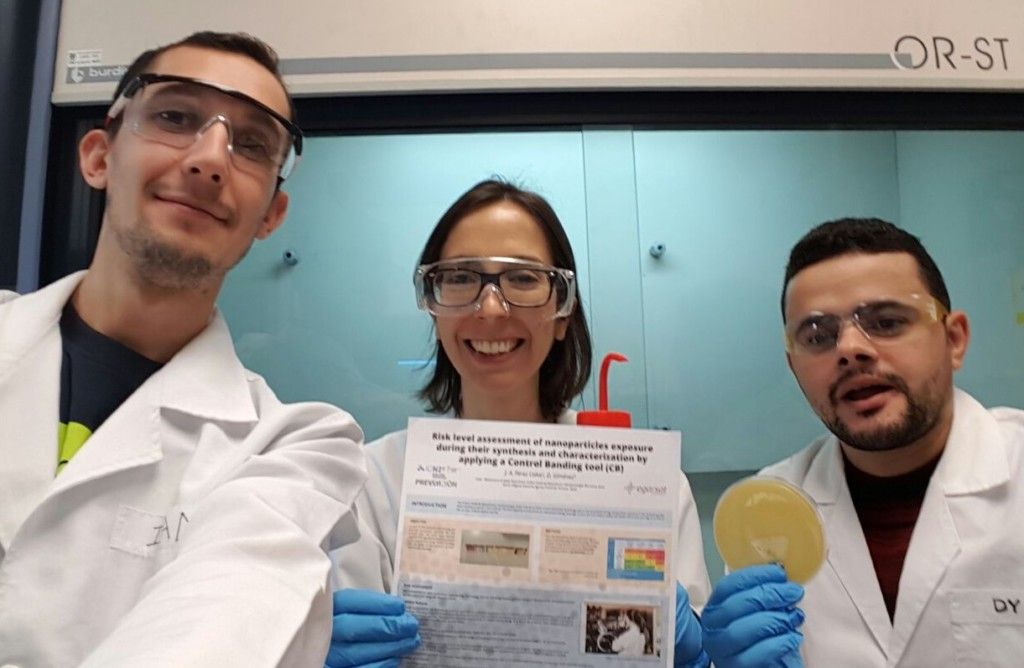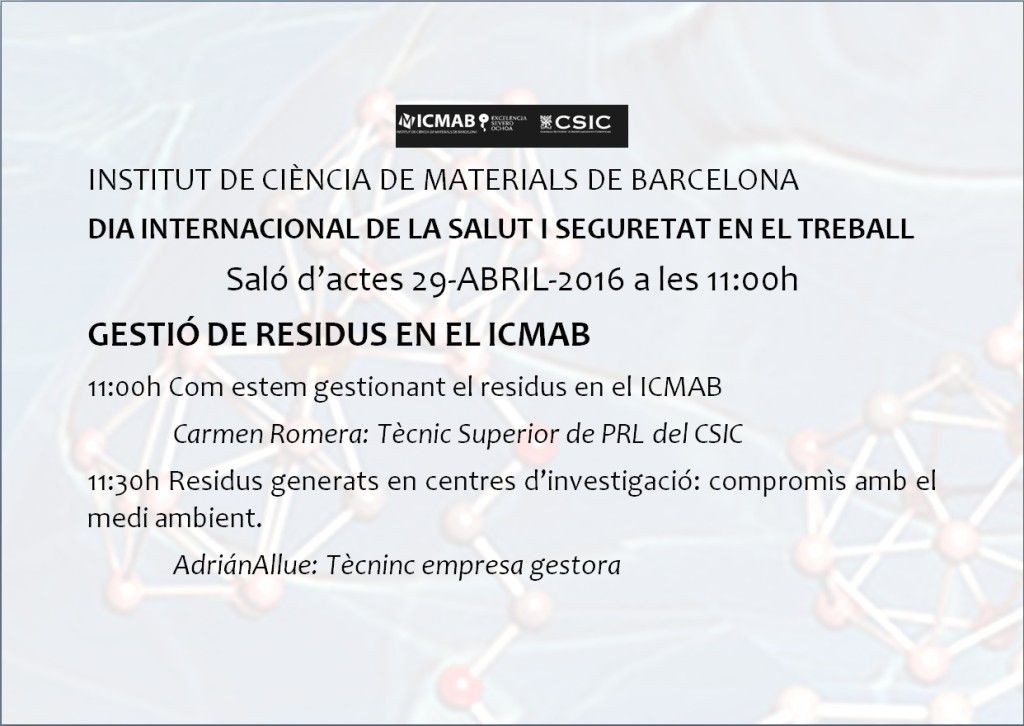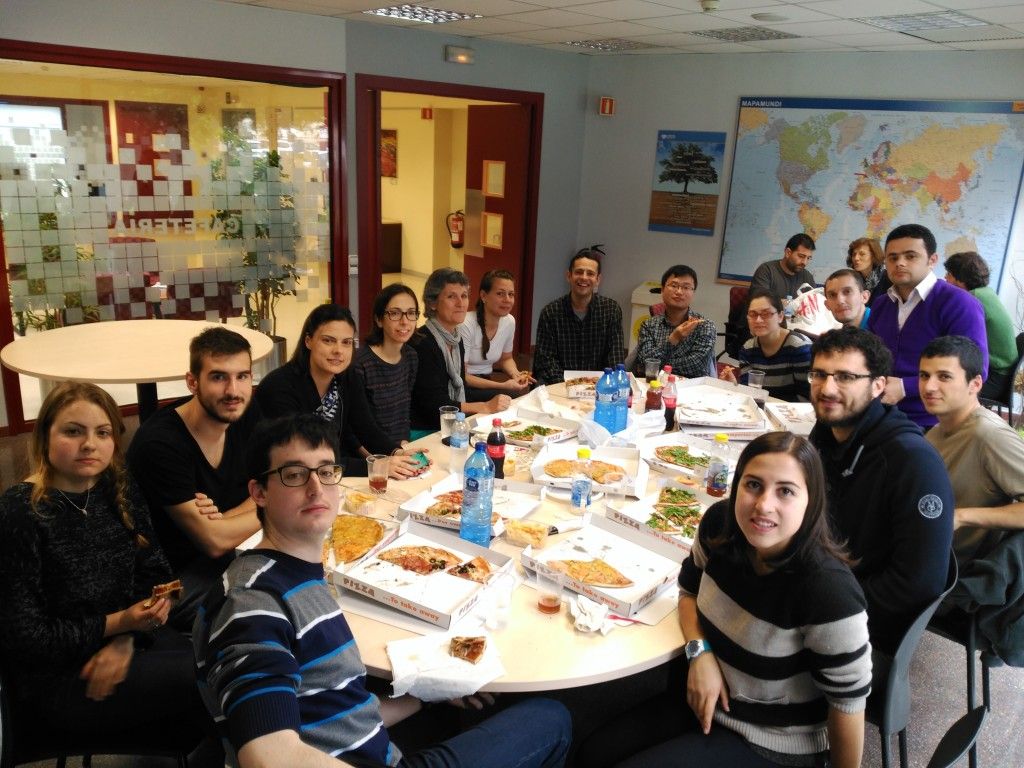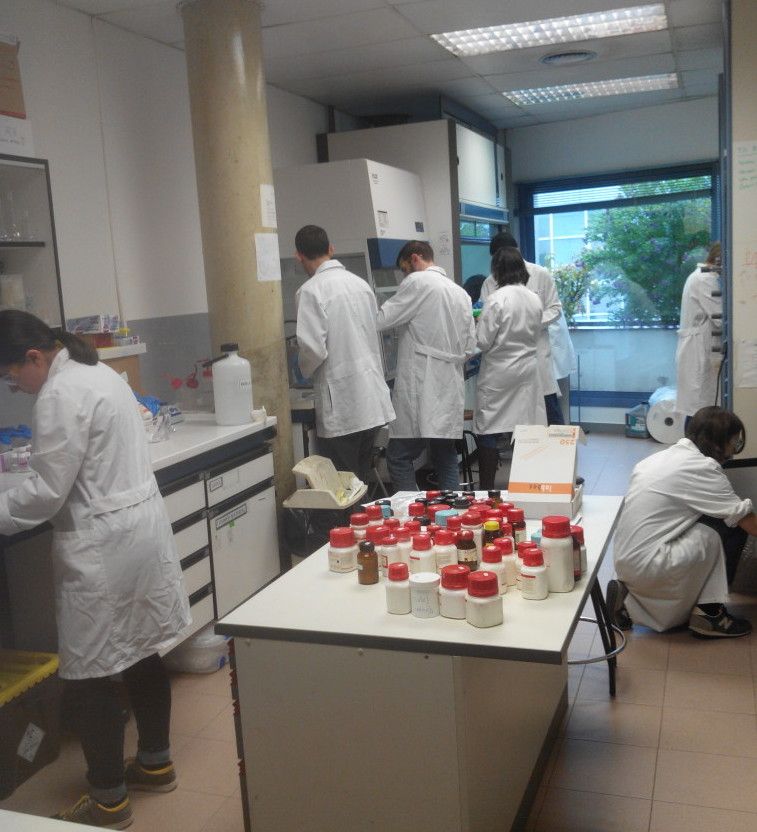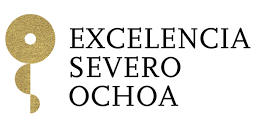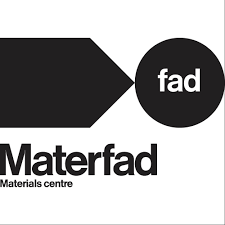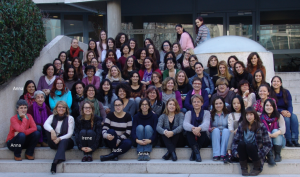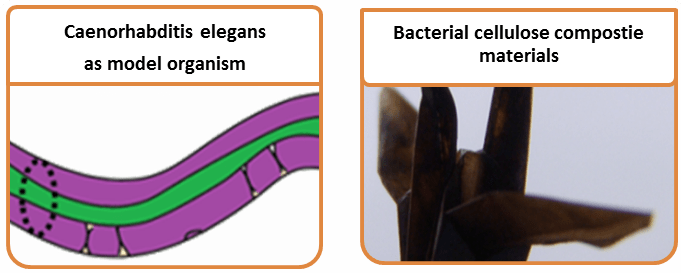Large participation of the N&N Group at the 2nd Scientific Meeting of BNC-b Students (PhD Meeting)
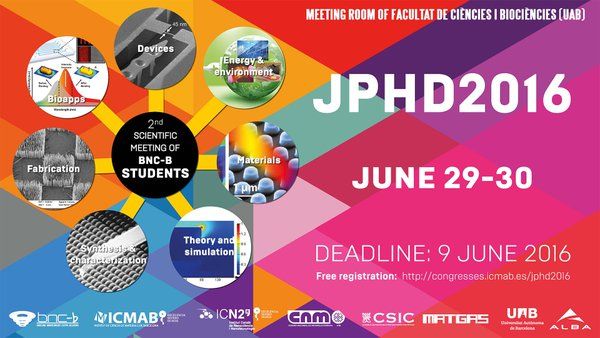 June 29th-30th are devoted to the “2nd Scientific Meeting of BNC-b Students”, which will take place at the Sala d’Actes of the Facultat de Ciències i Biociències (UAB). The meeting is aimed to present the work done by the PhD students of the Barcelona Nanotechnology Cluster – Bellaterra (ICMAB, ICN2, IMB-CNM, UAB, ALBA), promoting networking among all the students in an academic and scientific environment.
June 29th-30th are devoted to the “2nd Scientific Meeting of BNC-b Students”, which will take place at the Sala d’Actes of the Facultat de Ciències i Biociències (UAB). The meeting is aimed to present the work done by the PhD students of the Barcelona Nanotechnology Cluster – Bellaterra (ICMAB, ICN2, IMB-CNM, UAB, ALBA), promoting networking among all the students in an academic and scientific environment.
The N&N group will have a large participation in the event, both from PhD students and Master and Undergraduate students:
- Laura González (PhD student) will give a talk on “Evaluation of Inorganic nanoparticles in the model organism C. elegans” (Session 2, June 29th, 12.15 h).
- The following posters will be presented (Poster sessions: June 29th 10.45-12.00 h; June 30th 10.30-11.15 h):
- Adsorption of toxic metal ions onto magnetic graphene oxide (Iván Gómez, Visiting PhD student)
- Encapsulating endothelial progenitor cell’s secretome for vascular remodeling therapies (Irene Anton, Master student)
- Magneto-plasmonic multimaterial nanoparticles (Miquel Torras and Adrià Gordillo, Undergraduate students)
- Production of bacterial nano-cellulose as a terrific natural polymer (Deyaa Youssef, Visiting PhD student)
- Stabilization of epitaxial quartz on Si from amorphous silica films (Qianzhe Zhang, PhD student)
The program of the event can be downloaded here.
For further information, please visit: http://congresses.icmab.es/jphd2016/


